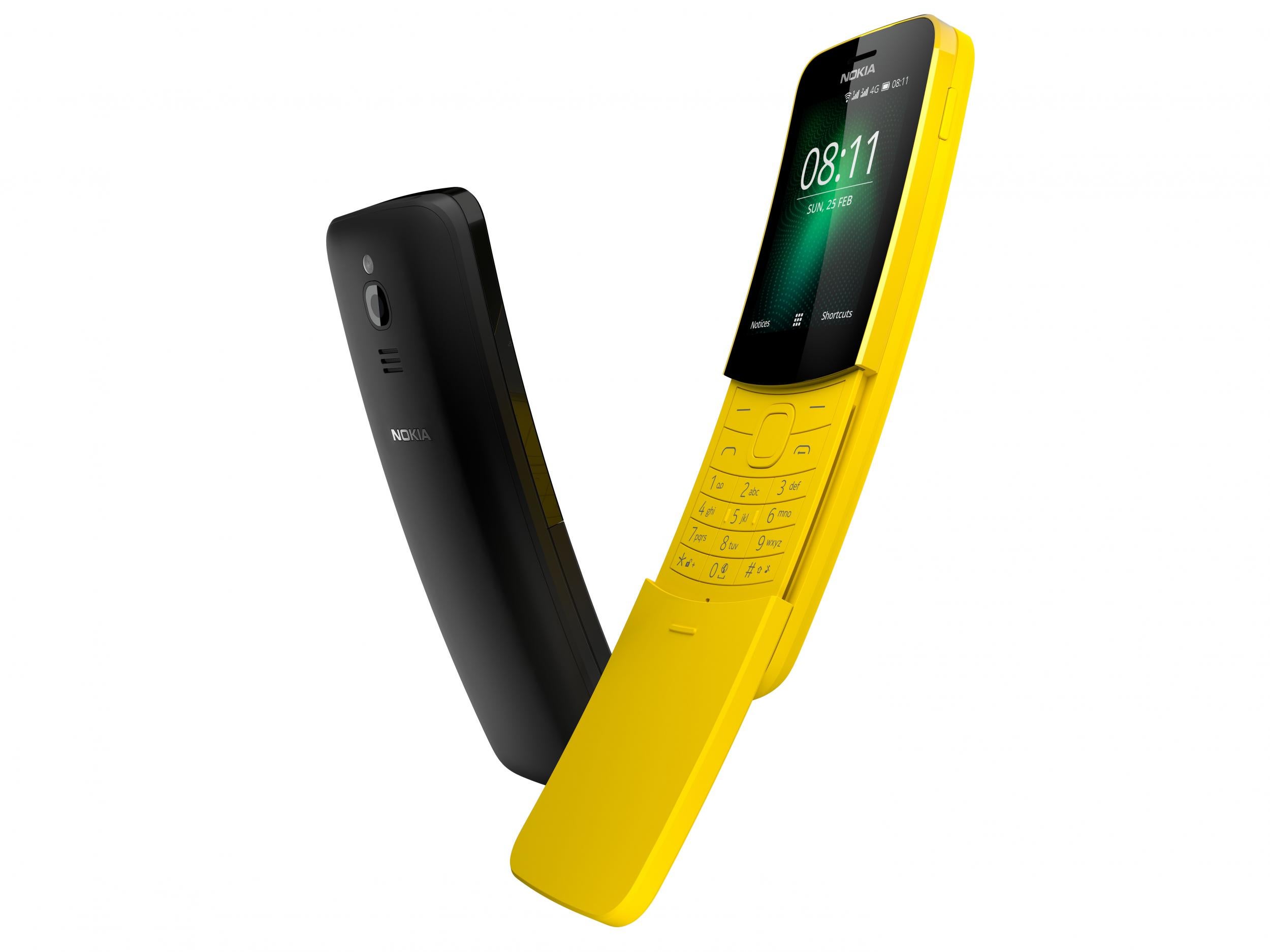Nokia raps its way up the mobile phone charts with new launches set to consolidate its revival
The brand was once dead in the water, but thanks to Finland's HMD it has become one of the kings of the corporate comeback

Your support helps us to tell the story
From reproductive rights to climate change to Big Tech, The Independent is on the ground when the story is developing. Whether it's investigating the financials of Elon Musk's pro-Trump PAC or producing our latest documentary, 'The A Word', which shines a light on the American women fighting for reproductive rights, we know how important it is to parse out the facts from the messaging.
At such a critical moment in US history, we need reporters on the ground. Your donation allows us to keep sending journalists to speak to both sides of the story.
The Independent is trusted by Americans across the entire political spectrum. And unlike many other quality news outlets, we choose not to lock Americans out of our reporting and analysis with paywalls. We believe quality journalism should be available to everyone, paid for by those who can afford it.
Your support makes all the difference.New York rapper Princess Nokia created her stage name in memory of the basic free Obama-phone she did business deals on in the Bronx in her days as a struggling artist.
It’d be interesting to know how HMD - the Finnish company behind the remarkable revival of the once moribund Nokia mobile phone business - feels about that.
It should be thankful. She’s become a critical smash just as the brand has become a business smash.
It scarcely seems credible that Nokia, which once looked dead in the water, is now, according to Counterpoint Research, the number three brand in the UK, trailing only Apple and Samsung and ahead of such luminaries as Sony and HTC. But it is.
The company was making noise at the Mobile World Congress in Barcelona over the weekend with its “unbreakable” smartphone you can put in your back pocket and, in theory, sit on without fear, along with a retro slider, the 8110 that is named for the iconic handset that featured in The Matrix.
The brand has taken a long and winding road since the bottom fell out of the Nokia mobile market - it once boasted a market share of more than 50 per cent only to lose nearly all of that - going through Microsoft before finally ending up with HMD. The latter is run by Nokia executives and is headquartered opposite the rump Nokia’s head office.
Partnering with Foxconn to build its devices, and working much more closely with Google than some users of the latter’s Android operating system do, it’s responsible for one of the more remarkable corporate comeback stories seen in recent years.
In some ways it’s like the vinyl Princess Nokia’s music sounds so good on. That is a format that similarly refused to die when most analysts had written it off.
As with the vinyl revival of recent years, a certain nostalgia has served HMD well. This year’s 8810 follows the relaunch of the basic 3310, a basic but ultra functional phone that just about everyone once used, last year.
Yesterday’s stuffy old hat can easily become today’s retro-cool. The garish yellow you can get the new 8810 in is awful. But alluringly so.
However, the value referenced by Princess Nokia has also played a role.
Some critics suggested that the 3310 isn’t as cheap as it might be given how limited it is. You can find better value models with similar functionality than the £45 it goes for new, but they don’t have the brand or the retro appeal. You can get a refurbished model for as little as £25.
As you move up the range, the pricing remains competitive when compared to rivals, and the power of that shouldn't be underestimated, particularly in a world where Apple charges £1,000 for its top model and seems intent on seeing how hard it can squeeze its customers.
The revived Nokia wants to sell smarter, higher priced phones. It would serve it well to remember the power of the goodwill you can build in being seen to offer a good deal to your customers.
Marry that to functionality that gives the them what they want, as opposed to what tech companies tell them they want, something Apple is frequtently guilty of, and you have a winner.
You could call HMD’s nimble Nokia business, which is also doing well in Vietnam, Russia, the Middle East and beyond, a disruptive force. Who'd have believed that?
It is one that has the memory of what happened to the original Nokia mobile business if it builds on its success and is ever tempted to get too comfortable.
Join our commenting forum
Join thought-provoking conversations, follow other Independent readers and see their replies
Comments